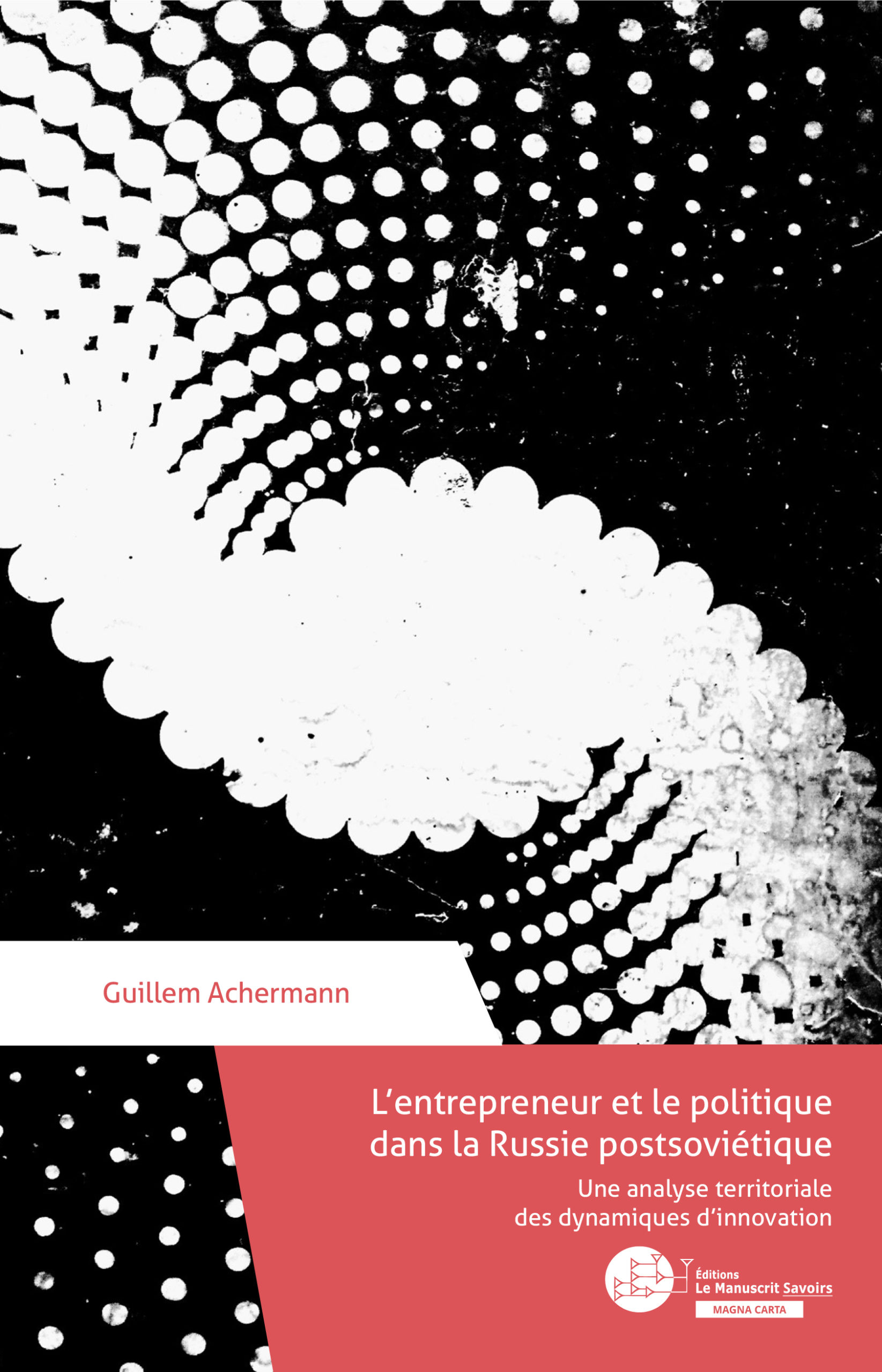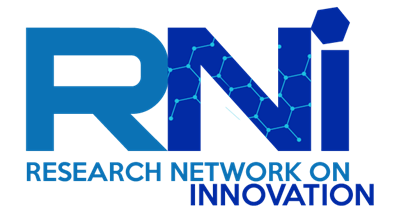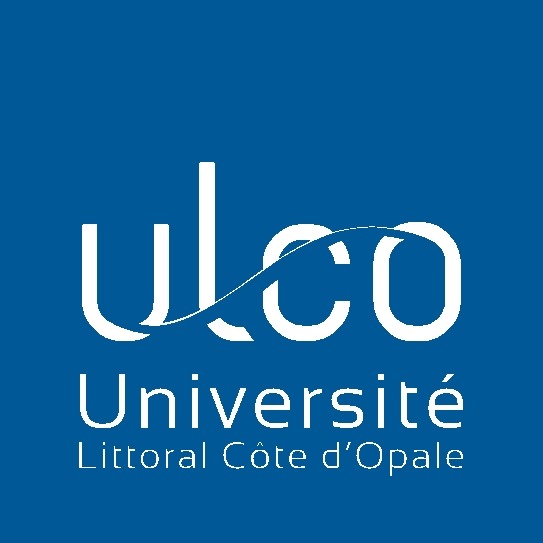Historically, it was thought that in the USSR there was no entrepreneurship because it was the state that gave stimulus to all forms of production. From this perspective, the economic transition in the 1990s can be explained in the sense that it allowed individuals to free themselves and finally to start entrepreneurial activities.
This line of thought was not only journalistic, but it was also presented as a scientific approach. Both on the (post) Soviet and the Western sides there were shared analytical errors in this conception: (post) Soviet economists relied on Marxist-Leninist theses to assert that the economic stimulus of the state, initiated by the dictatorship of the proletariat, was specific to the new communist world under construction. Western economists, as they analysed the scientific and productive successes of the USSR, connected these with an ideal “total” and entrepreneur state capable of both great and despicable actions. Once the implosion of the USSR was completed in the 1990s, it became attractive for non-Marxist and Western post-Soviet economists to consider the entrepreneur as a figure specific to the capitalist world, a driving force that was “finally” emerging in the Eastern European countries.
However, several questions should have triggered the suspicion of the economists. How to explain that an economy where the absence of entrepreneurship was significant could create a real entrepreneurial enthusiasm just after the collapse of the USSR? How can we explain that this “liberation” could generate strong path dependency dynamics? How to explain that inventions at the forefront of the productive system disappeared from the post-Soviet market when there were more and more entrepreneurs? To answer these questions, it is necessary to re-analyze the Soviet economy from the perspective of inventor-innovators, and to reintegrate the concept of entrepreneur into the theories of transition. This lets us take a close look at the evolution of the institutions over the last 30 years in post-Soviet Russia and raise questions about the state’s capacities to promote innovation dynamics.
One might think that all entrepreneurs have an interest in seeing the stabilization of rules and institutions. This is, in fact, one of the prerequisites for innovation. Without a guarantee of not being despoiled, the inventor will have no interest in seeking to spread his invention and benefit from a retroactive financial, social, or political effect. However, the interest of entrepreneurs in stable institutions remains a contextual question. In the Russian case, in the aftermath of the systemic transition, very few people believed in the sustainability of a market economy. Within that context, there was no point in trying to create something sustainable, since it was expected that, someday, there would come the return of a state that would plan again everything anyway. Indeed, the state would return a few years later with the current president, Vladimir Putin, at its head. However, the state will never return in a form similar to the USSR’s one. The entrepreneur is then called upon to participate in institutional change, to stabilize it. Nevertheless, the task was not easy. On the one hand, many individuals had no interest in seeing the stabilization of property rights so badly acquired by the waves of privatization. On the other hand, the executive team (i.e., the government) had a great interest, to gain legitimacy, to call into question this capture of wealth by a minority.
The institutional context of the 1990s gradually favored the emergence of “political entrepreneurs”. With the objective of permanently changing the rules in the law, these entrepreneurs differentiated themselves from “market entrepreneurs” by their ability to directly change the modalities of state intervention. The post-Soviet Russian state-building processes in the 1990s, under the influence of the Washington consensus, did not anticipate possible predation phenomena. These predatory dynamics, however weak, are often fatal for market entrepreneurs, because the law does not evolve in their favor. This trend therefore called individuals to become political entrepreneurs. This situation was possible thanks to the extractive industries, which give the state a significant rent supplying the world market with hydrocarbons. Here, the problem of the usage of the rent must be understood as an institutional issue.
Thirty years after the economic transition, the conditions favorable to entrepreneurship and innovation are not yet in place. Thirty years is not so much when it comes to creating sustainable market institutions, a relatively independent judiciary, and new dynamics of local governance. However, thirty years is also a long time to set up favorable signals for investors, to attract new flows of knowledge and to encourage the entrepreneurship. Rather than doubting the potential for resilience of the Russian economy, in here we discuss the path of economic development taken by the Russian authorities. This is because, if we observe the long-term dynamics, the increase in the number of “political entrepreneurs” in an economy is always done to the detriment of the “market entrepreneur”. And also, a posteriori, at the expense of innovation, which itself remains an important factor for territorial resilience.
Written by Guillem Achermann, PhD in economics, specialist in the Russian economy
More :
 |
L’entrepreneur et le politique en Russie post-soviétique Une analyse territoriale des dynamiques d’innovation
|



